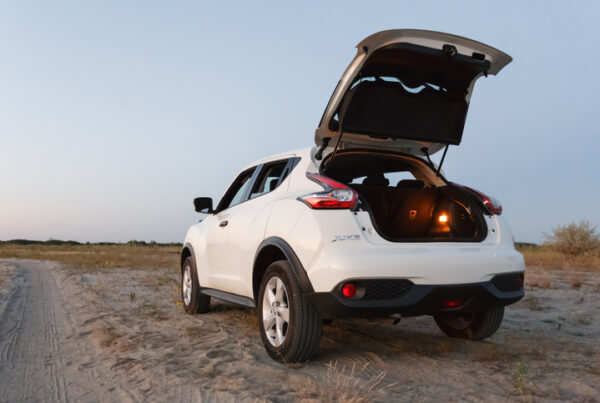One of the areas where organisations can ‘lose their way’ in optimally managing their fleet is through the lack of any standardisation in fleet vehicle purchases.
In particular, companies that experience growth from humble beginnings often have a high degree of driver choice that influences buying decisions. Then there are the personal brand biases of decision makers and focus on purchase price that contribute to a fleet of many shapes and sizes.
The concept of standardisation is of course nothing new – when applied to your fleet vehicle and/or plant assets it’s about limiting the number of variations you have in each asset class.
In doing so, you increase efficiency, create a capacity to save money and mitigate your risks.
A lack of standardisation can contribute to numerous problems:
- Cost Control – how do you understand and manage all the costs of a wide range of vehicles?
- Administration Burden – are you arranging vehicle servicing at multiple service outlets, setting up and paying multiple suppliers?
- Risk Management – is each vehicle ‘fit for purpose’ for the intended role, providing a safe workplace for your employees?
- Flexibility – if an employee leaves, will the vehicle they have been driving be suitable to the person that takes their place?
- Familiarity – if drivers swap vehicles or they’re used as part of a pool, do the different vehicle configurations and specifications make it more difficult and/or less safe?
So, what are the benefits of vehicle standardisation for an organisation?
- Reducing Costs – why choose 6 different vehicles to perform a task when you can pick the best 1 or 2? The vehicles with the best Whole Of Life Cost (WOLC) will deliver an optimal outcome.
- Aligning ‘Fit For Purpose’ Requirements – choosing vehicles most suitable for their corporate and operational requirements, whilst meeting health, safety, and legislative standards.
- Driving Efficiency/Productivity – the administrative benefits of reducing the number of suppliers, data complexity and support.
- Fleet Equity – establishing a range of fleet vehicles that meet operational requirements not personal preferences creates both a fairer and more regulated work environment.
Importantly, as we transition away from Internal Combustion Engine (ICE) to Battery Electric Vehicles (BEVs) these benefits will remain constant or perhaps become even more prevalent.
This article has been republished with permission.
Read more from Paul Oliver, the Director & Principal Consultant of Fleet Advisory. Paul provides independent expert advice and consulting services relating to fleet – see https://fleetadvisory.com.au/




















